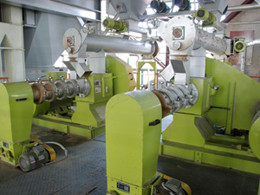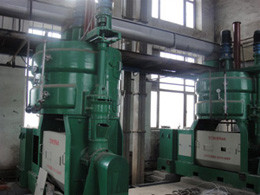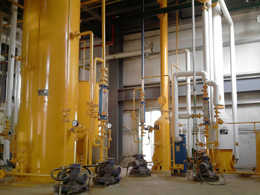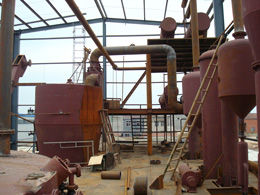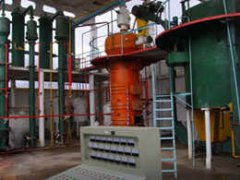Corn Oil Processing
Home > Recent Posts >
Corn oil and corn meal obtained from corn are included in useful products. The corn oil is extracted from the corn to form the corn meal by certain oil extraction machinery. The corn oil processing generally includes the steps of cracking corn grain having a total oil content of from about 3% by weight to about 30% by weight and extracting a corn oil from the cracked corn grain. The corn oil is useful for making nutritionally enhanced edible oil or cooking oil, lubricants, biodiesel, fuel, cosmetics and oil-based or oil-containing chemical products. The extracted corn meal is useful for making enhanced animal feed rations, snack food, blended food products, cosmetics, and fermentation broth additive.
Corn oil processing starts with corn germ, which is the embryo of a corn plant, distinct from the starchy nutrients in the endosperm. The oil content of the germ is about 85 percent of the total oil in the corn. The first step in corn oil processing is mechanical: Corn kernels are dehulled and then crushed with a grooved roller to break down the cell walls. The resultant cake is then "wet milled", steeped in water acidified with sulphur dioxide to separate the components of the seed.
Corn oil is less expensive, has a milder taste and higher smoke point than other vegetable oils making it attractive as a cooking oil. Corn Oil is also a key ingredient in some margarines.
Corn Oil is also a source of biodiesel and is expected to become a great source of biodiesel as technology evolves and as a backup to soybean oil. Other industrial applications include soap, salve, paint, rustproofing for metal surfaces, inks, textiles, nitroglycerin, and insecticides. It is sometimes used as a carrier for drug molecules in pharmaceutical preparations.
Products
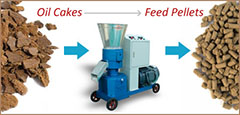



Projects
Recent Posts
mini mustard oil mill
Want to set up a mini mustard oil mill of your own ? With the rapid ...
Want to set up a mini mustard oil mill of your own ? With the rapid ...
mustard oil manufacturing process
Mustards are part of the oilseed family and are regarded both as a s...
Mustards are part of the oilseed family and are regarded both as a s...
small size corn oil extraction plant
Interested in begin a small size corn oil extraction plant but dont ...
Interested in begin a small size corn oil extraction plant but dont ...
rice bran oil project
Do you want to make the edible rice bran oil at from using your mill...
Do you want to make the edible rice bran oil at from using your mill...

